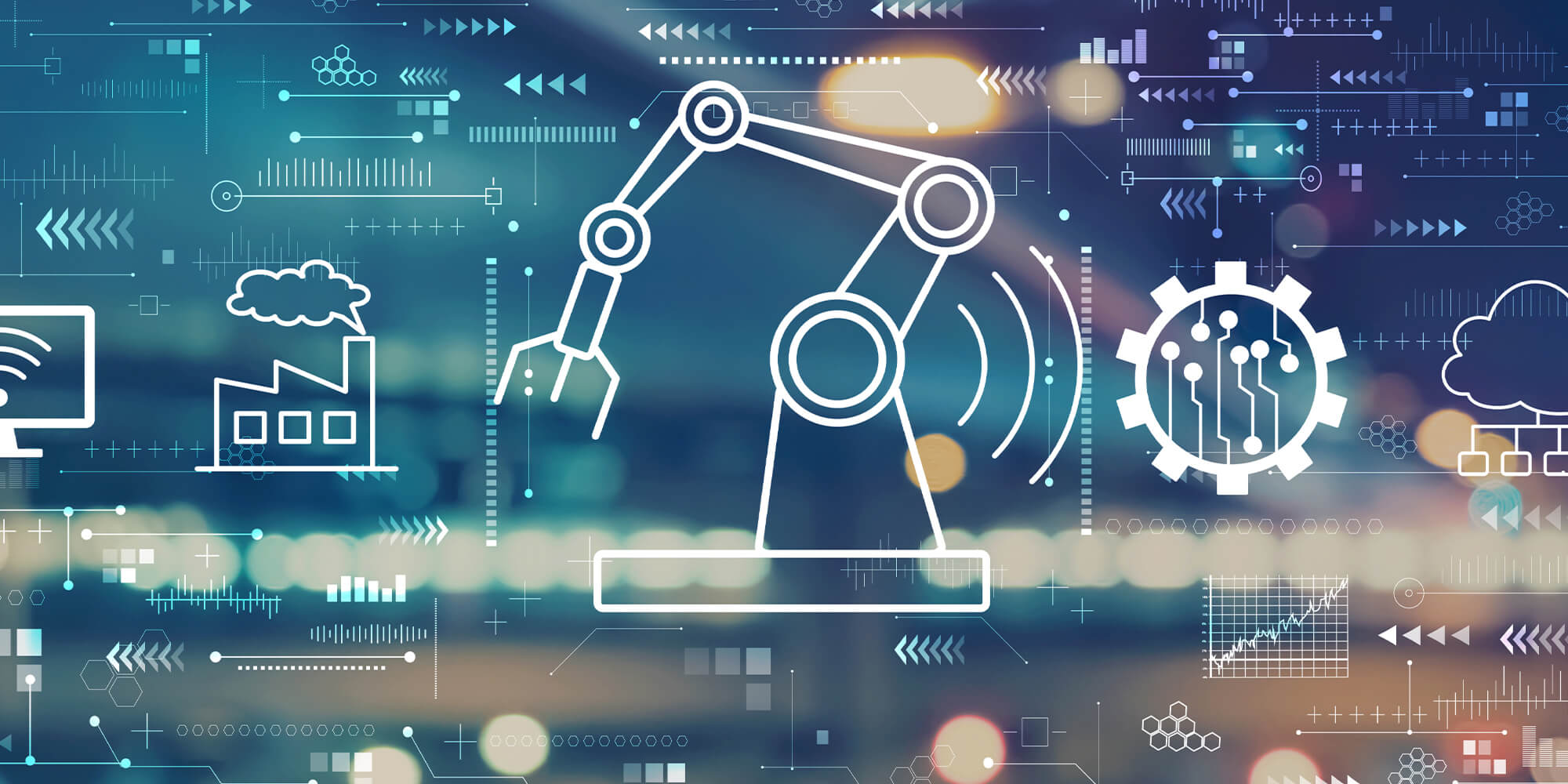Bydly Insights
Explore the latest news, trends, and insights across various topics.
IoT: The Secret Life of Your Smart Devices
Uncover the hidden secrets of your smart devices! Explore how IoT transforms your life in ways you never imagined. Dive in now!
How Do Smart Devices Communicate? Unraveling the IoT Mystery
Smart devices communicate through a network known as the Internet of Things (IoT), which connects various devices and allows them to exchange data seamlessly. At its core, this communication is facilitated by a combination of wireless technologies such as Wi-Fi, Bluetooth, and Zigbee, which enable devices to link to the internet and each other. These interactions can range from simple notifications to complex data exchanges, paving the way for automation and smart environments.
Moreover, the communication between smart devices involves several protocols that ensure the smooth transfer of information. These include protocols like MQTT (Message Queuing Telemetry Transport) and CoAP (Constrained Application Protocol), which allow devices to send and receive messages effectively. As smart devices become increasingly integrated into our daily lives, understanding how they communicate is essential for leveraging their capabilities and enhancing our smart living experience.

The Evolution of Smart Devices: From Basic to Intelligent
The journey of smart devices has been nothing short of revolutionary. Initially, these devices started as basic gadgets designed for specific functions, such as simple calculators and basic mobile phones. As technology advanced, the introduction of the Internet made it possible for these devices to communicate with one another, marking the shift from isolated tools to interconnected systems. This evolution paved the way for the development of smart home devices, like thermostats and lighting systems, which could be controlled remotely, enhancing convenience and efficiency.
Fast forward to today, and we see an impressive array of intelligent smart devices that incorporate advanced features such as artificial intelligence (AI) and machine learning. These devices can learn user preferences and adapt to their environment, making them more intuitive and user-friendly. Examples include voice-activated assistants like Amazon Alexa and Google Assistant, which not only perform tasks but also provide personalized recommendations. As we continue to innovate, the future of smart devices looks promising, with possibilities such as smarter healthcare solutions and improved home automation systems.
Are Your Smart Devices Really Secure? Understanding IoT Risks
As our homes become increasingly integrated with smart technology, it is crucial to ask the question: Are your smart devices really secure? The Internet of Things (IoT) offers unparalleled convenience, allowing us to control everything from lighting to security systems remotely. However, such connectivity comes with inherent risks. Many devices are designed with user-friendliness in mind, often sacrificing robust security protocols in the process. Consequently, they become easy targets for cybercriminals looking to exploit vulnerabilities, leading to potential unauthorized access to our personal data and privacy breaches.
To fully grasp the IoT risks, it is important to consider a few critical factors:
- Default Passwords: Many devices come with factory-set passwords that are rarely changed by users, making them vulnerable to attacks.
- Software Updates: Regular updates are essential for maintaining security; however, many users neglect to install these updates, leaving their devices open to exploitation.
- Data Encryption: Not all IoT devices encrypt the data they transmit, increasing the risk of interception by malicious actors.
Being aware of these risks can empower you to take proactive steps in securing your smart devices and protecting your digital life.